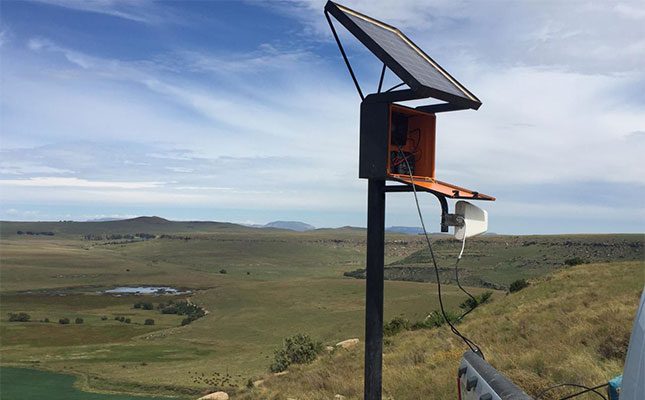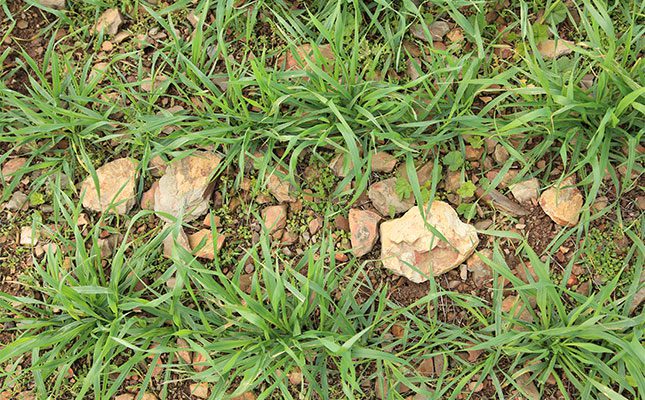The proposed construction of the Nwamitwa Dam and the approved raising of the height of the existing Tzaneen Dam wall are set to give Limpopo about 347 million cubic metres of fresh water storage capacity from these two dams alone.
According to the Department of Water Affairs (DWA), the projects, part of the Groot Letaba River Water Development Project (GLeWaP), will increase the region’s safe and reliable water supplies for domestic and industrial use, as well as minimise the frequency and duration of restrictions on the use of water allocated for irrigation of the region’s high-value crops.
“Irrigators in the Groot Letaba River system, and particularly those reliant on the Tzaneen Dam, are regularly subject to restrictions,” said an overview on the project by the department. “This has a significant impact on fruit production and on the socio-economy of the region.”
The Nwamitwa Dam will be situated downstream of the confluence of the Groot Letaba and Nwanedzi Rivers. The proposed dam wall is expected to be about 36m high, and the dam will have a storage capacity of approximately 144 million cubic metres.
The height of the Tzaneen Dam wall is to be raised by a maximum of 3,5m, increasing the dam’s total storage capacity from 157,5 million cubic metres to 203 million cubic metres. It is estimated that the construction cost of both projects will amount to over R1,5 billion.
Justin Chadwick, CEO of the Citrus Growers’ Association, said that the areas around the Tzaneen and proposed Nwamitwa Dams comprised arguably the second-biggest citrus-growing area in the country. He maintained that the increased irrigation capacity and consistency of supply that these dams would provide would most definitely benefit the citrus industry there.
“Citrus production is 100% reliant on irrigation because it’s too unreliable for things such as fruit size and fruit set not to irrigate,” he explained.
“Water is the most limiting factor to the expansion of our citrus industry. Improved irrigation water supply in Limpopo means that present production areas will be more secure, and expanding production, especially in the former homeland areas, is a definite possibility.”
DWA spokesperson, Linda Page, said that the raising of the Tzaneen Dam wall would begin in January 2013 and be completed by December 2014. If the construction of the Nwamitwa Dam were approved, work would begin in August 2013 and most likely be completed by July 2017. – Lloyd Phillips








